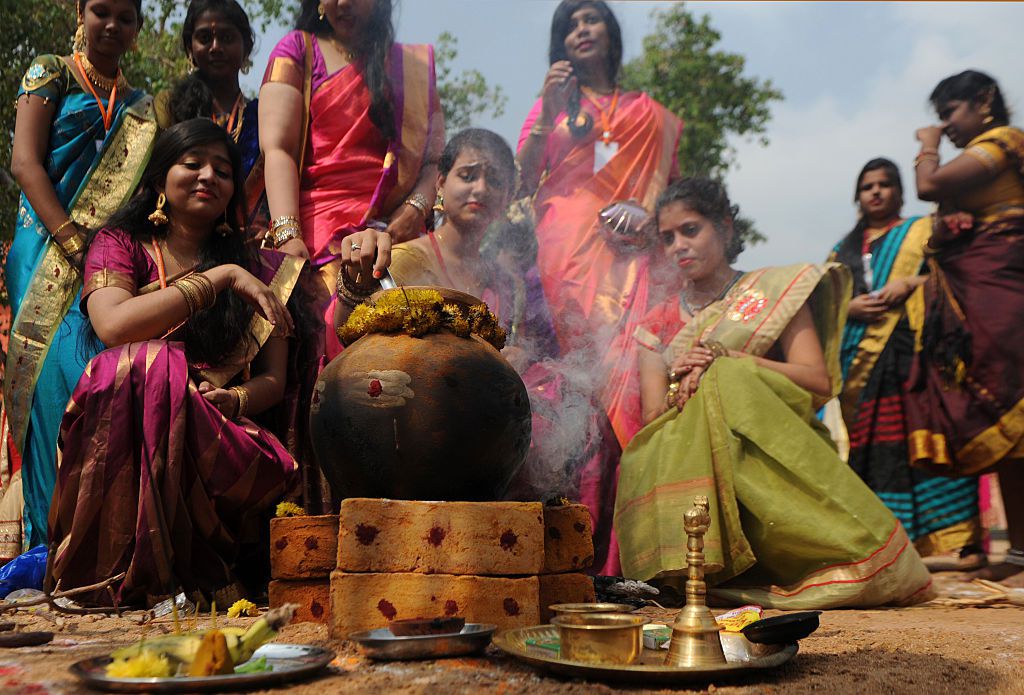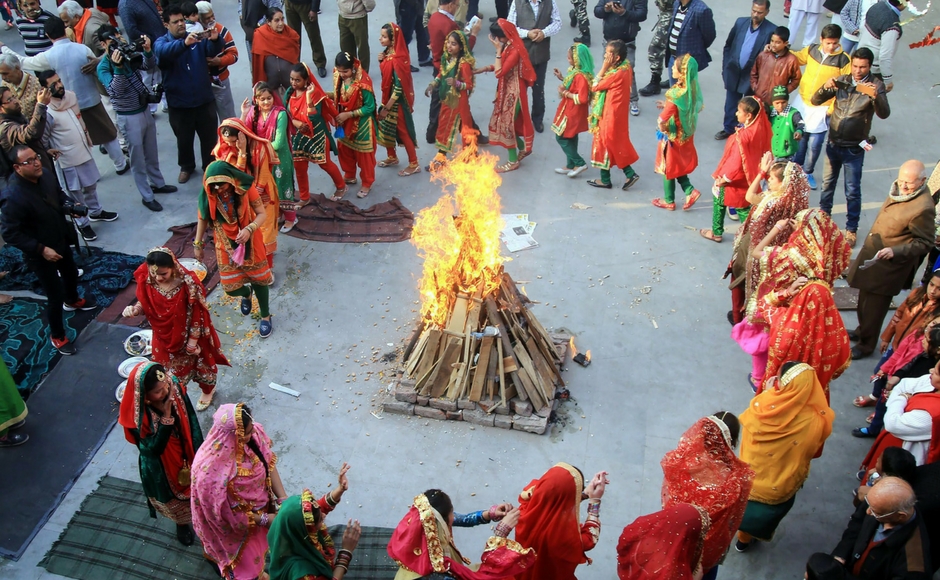
India is well-known for its cultural variety. Moving from the north to the south of India, and from east to west, you will encounter various and distinct cultures and traditions. Despite these contrasts, the Indian Subcontinent is united by numerous traditional and cultural values. And one such tradition is the festival of Makar Sankranti, which is known by different names in different Indian states but is essentially the same ideas. Makar Sankranti is a Hindu harvest festival honouring Surya Dev, also known as the Sun God.

Makar Sankranti is also a way of welcome spring after the long winter months. Every year on the 14th or 15th of January, it coincides with the beginning of the Hindu month of Makara. Kite flying, bonfires, fairs, Surya puja in the river, and other events take place throughout the year. Let us look at the significance of Makar Sankranti in Indian culture.
Makar Sankranti’s Origins

According to popular belief, Makar Sankranti is named after Sankranti, a Hindu deity who is credited with defeating the demon Sankarasur, symbolising the triumph of good over evil. As a result, people all over India regard this festival as an auspicious day to take a bath in sacred rivers such as the Ganga, Yamuna, or Godavari. This rite is significant because it is thought that bathing in a holy river can wash away your sins. The significance of Makar Sankranti rests in welcoming fresh beginnings as well as the arrival of spring. Life is frequently related with
Makar Sankranti’s Importance

Makar Sakranti has a rich cultural significance and relevance in India as well as Asian countries such as Sri Lanka, Singapore, Nepal, and Malaysia. Let’s have a look at the significance and significance of Makar Sankranti, a pan-Indian celebration.
1. Makar Sankranti celebrations are dedicated to the Sun God in order to thank him for the agricultural bounty that he has bestowed upon the earth. In addition, the sun represents embracing the kindness in the world and letting go of darkness or evil.

2. Makara Sankranti heralds the start of a prosperous season, namely spring.
3. It is also believed that on the day of Makar Sankranti, the earth is filled with abundance. To ensure oneness and well-being, divine consciousness and this side could be accepted.
4. Kite flying is one of the most popular pastimes on Makar Sakranti and throughout the year, with people flying colourful and uniquely constructed kites from their rooftops or on large playgrounds.

5. On Makar Sankranti, people bathe in sacred rivers to ask forgiveness for their past actions.
6. The sesame sweets eaten on Makar Sankranti represent oneness, joy, and the purifying of one’s inner self.
Celebrations of Makar Sankranti in India

As previously said, Makar Sankranti is a pan-India holiday observed on the same day across India but under different names and with varied rituals. as well as celebrations Let’s have a peek at these Makar Sankranti regional variations.
Suggi, Karnataka
Suggi, a version of Makar Sankranti celebrated in Karnataka, is a celebration of the previous year’s crop. On this day, the women of farmer households gather and exchange sweets. The significance of Makar Sankranti in Karnataka rests in the rite known as “Ellu Birodhu.” A key rite of this event also includes a procession in which these animals are ornamented and presented in an open field, as cows and bulls come to the centre of agricultural households.
State of Andhra Pradesh

Makar Sankranti is a four-day holiday celebrated in Andhra Pradesh, which includes Bhogi, Makar Sankranti, Kanuna, and Mukkanuma. These four days represent a release of the embracing the past and looking forward to the future The significance of Makar Sankranti in Andhra Pradesh emphasises major practises such as animal feeding, rangoli drawing, kite flying, and animal processions.
Magh Bihu/Magar Domahi, Assam
Makar Sankranti, also known as Magar Bihu in Assam, commemorates the conclusion of the harvest season. The eating, which lasts a week, the bonfires, and the bullfighting are the highlights of the holiday. The significance of Makar Sankranti rests in feasting after the harvest, and a prominent tradition involves the construction of makeshift buildings, the preparation of traditional delicacies, and the burning of them on the best morning. Sweets such as Shunga Pitha, Til Pitha, and Laru or Laskara are manufactured and distributed as part of this event.

Uttarayan – Gujarat
In Makar Sankranti, also known as Uttarayan in Gujarat, is a two-day celebration. People all around Gujarat celebrate by flying kites, and on this day, the skies of Gujarat will be filled with kites of various colours. On this day, foods such as Undhiyu and Chikkis are also prepared and exchanged between families.
Maghi, Punjab

Makar Sankranti, also known as Maghi in Punjab, has a lot of religious significance and also represents the arrival of warmer months. People bathe in the sacred waters, hold Melas (carnivals), and light lamps that represent prosperity. Khichdi, kheer, and jaggery are consumed, and the traditional Punjabi dance, Bhangra, is performed.




